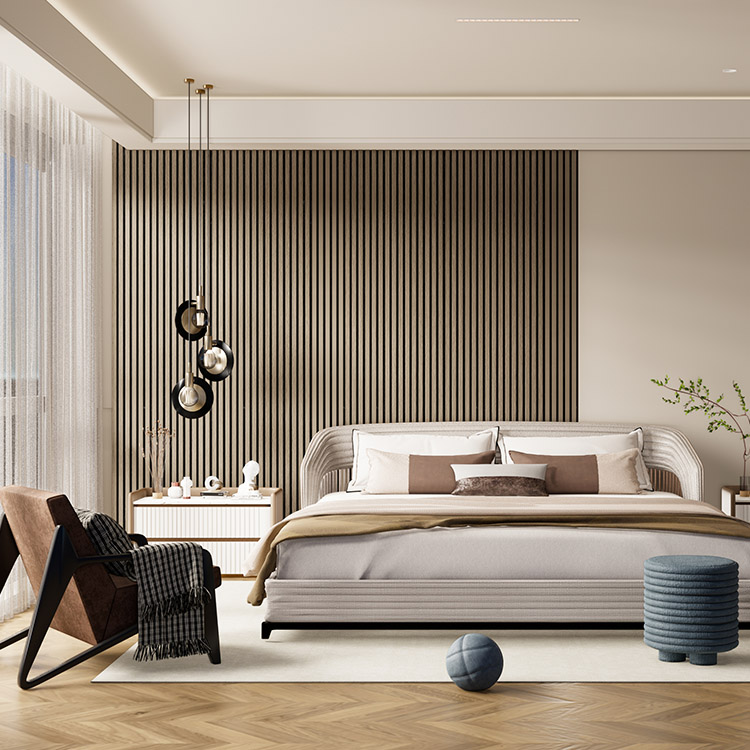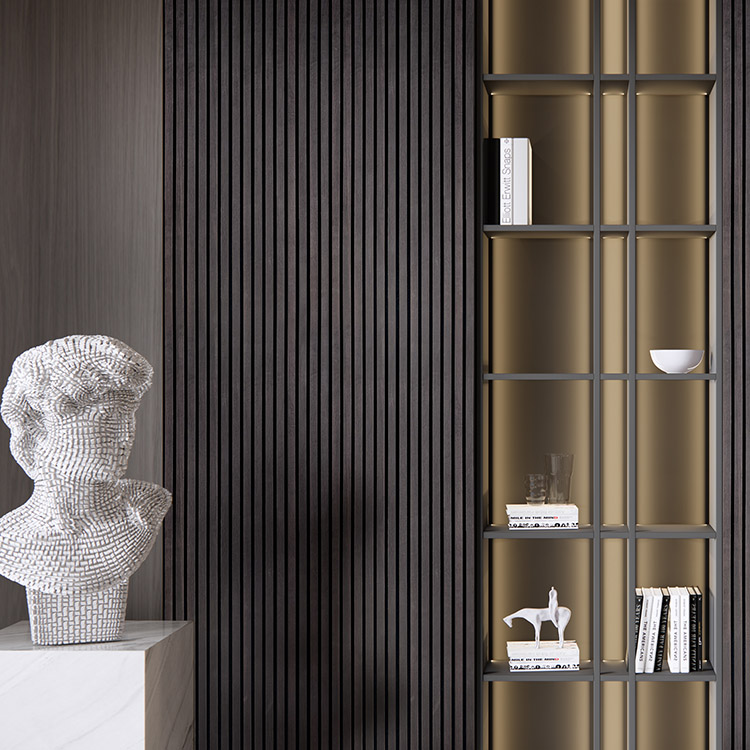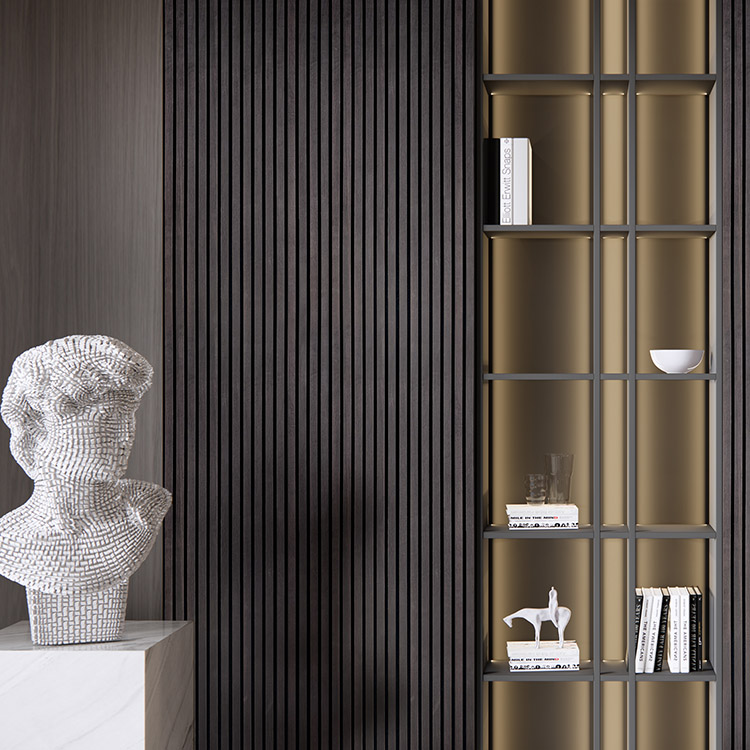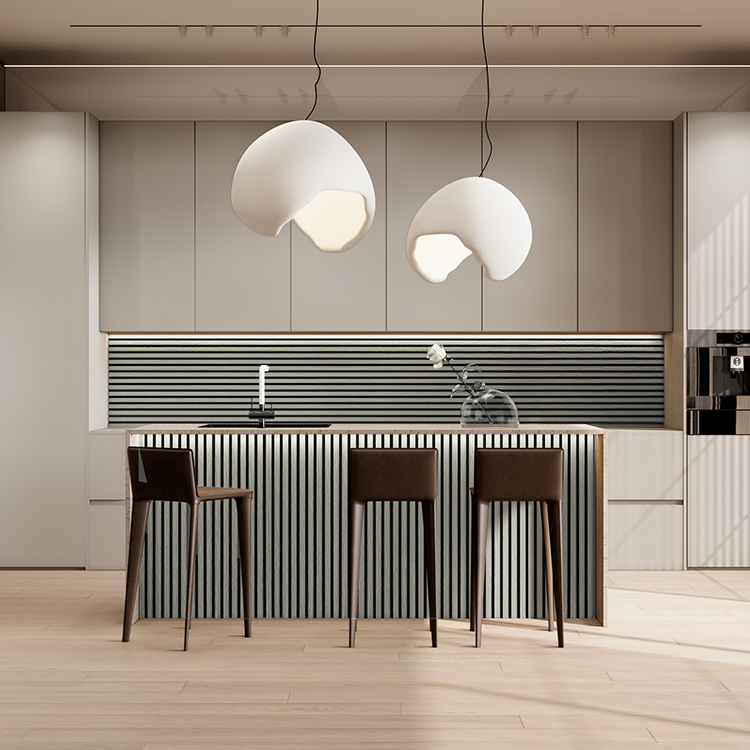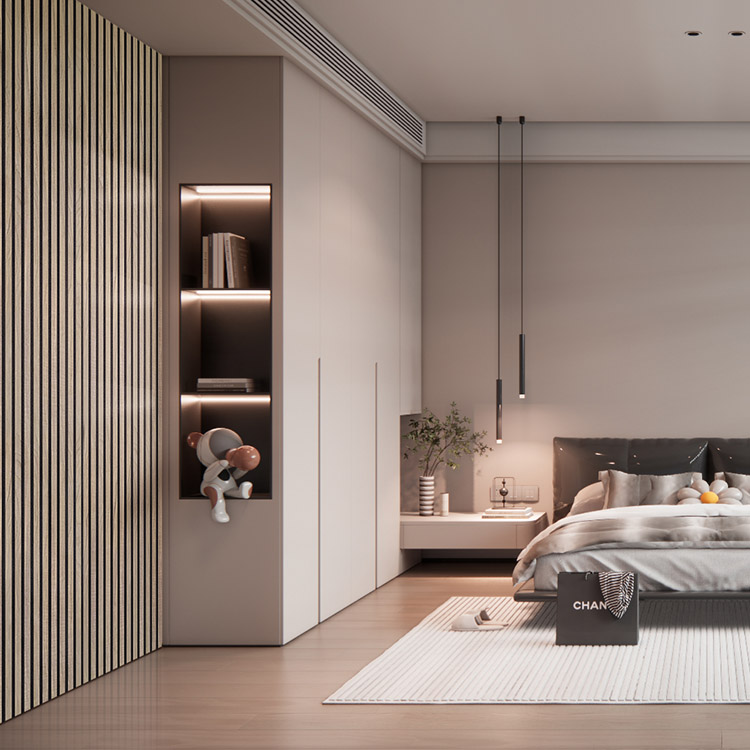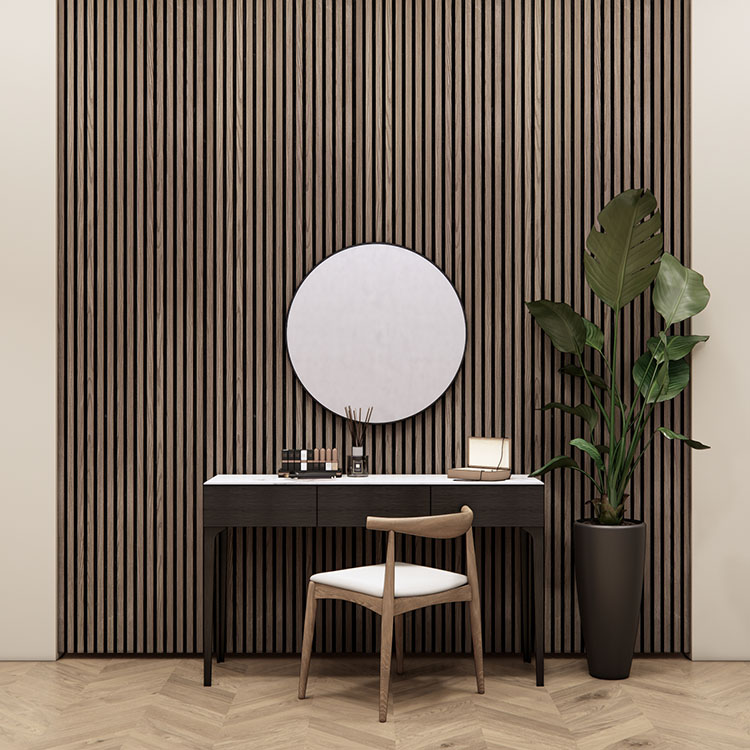If you're looking to reduce noise in your space, whether for a home office, recording studio, or commercial setting, acoustic panels are an excellent solution. But one of the most common questions we hear is:
“How many acoustic panels do I need to soundproof a room?”
At Guangdong Liyin Acoustics Technology Co., Ltd.( Leeyin ) , we specialize in high-performance wooden slat acoustic panels, and we’re here to help you make the right decision for your acoustic project.
🎯 Understanding the Purpose of Acoustic Panels
Before calculating quantity, it's essential to understand that acoustic panels absorb sound—they don’t completely block it like traditional soundproofing materials. They’re primarily used to:
-
Minimize echo and reverberation
-
Improve sound clarity
-
Reduce noise levels within a room
For full soundproofing, a combination of materials (mass-loaded barriers, insulation, and sealing gaps) may be required. However, strategically placing acoustic panels significantly improves perceived sound quality and reduces noise transmission.
📏 How to Calculate the Right Number of Acoustic Panels
Here’s a basic step-by-step guide:
1. Measure the Room Size
Determine the length × width × height of your room to get the total cubic space.
2. Calculate Wall Surface Area
Focus on the four walls (and ceiling if needed). Remove doors/windows from your calculation.
3. Determine Coverage Percentage
Depending on the purpose, typical coverage recommendations are:
| Application | Coverage Area Needed |
|---|---|
| Basic Echo Control | 10–20% |
| Home Office or Meeting Room | 20–30% |
| Recording Studio or Podcast | 30–50% |
| Professional Soundproofing | 50–70% or more |
4. Standard Panel Size Reference
At Liyin Acoustics, our standard wood slat acoustic panel is typically:
-
Width: 600 mm (23.6")
-
Height: 2400 mm (94.5")
-
Coverage Area per Panel: ~1.44 m²
For example:
If you want to cover 12 m² of wall space, you would need approximately 8–9 panels.
🧠 Expert Tip: Placement Is Just as Important
Rather than covering 100% of the walls, strategic placement helps maximize performance:
-
First reflection points (side walls)
-
Back wall and front wall (behind speakers or workspace)
-
Ceiling if echo is still present
🪵 Why Choose Liyin Acoustic Panels?
As a leading manufacturer and exporter of wood slat acoustic panels in China, Guangdong Liyin Acoustics Technology Co., Ltd. brings professional quality to every project.
🌟 Our Advantages:
-
✅ 20,000 m² modern factory with precision equipment
-
✅ PET felt backing for superior sound absorption
-
✅ Made with E0-grade MDF and FSC-certified wood veneer
-
✅ Fire-rated and low formaldehyde emissions
-
✅ OEM/ODM customization for size, color, and finish
-
✅ Global export reach to Europe, North America, and Southeast Asia
